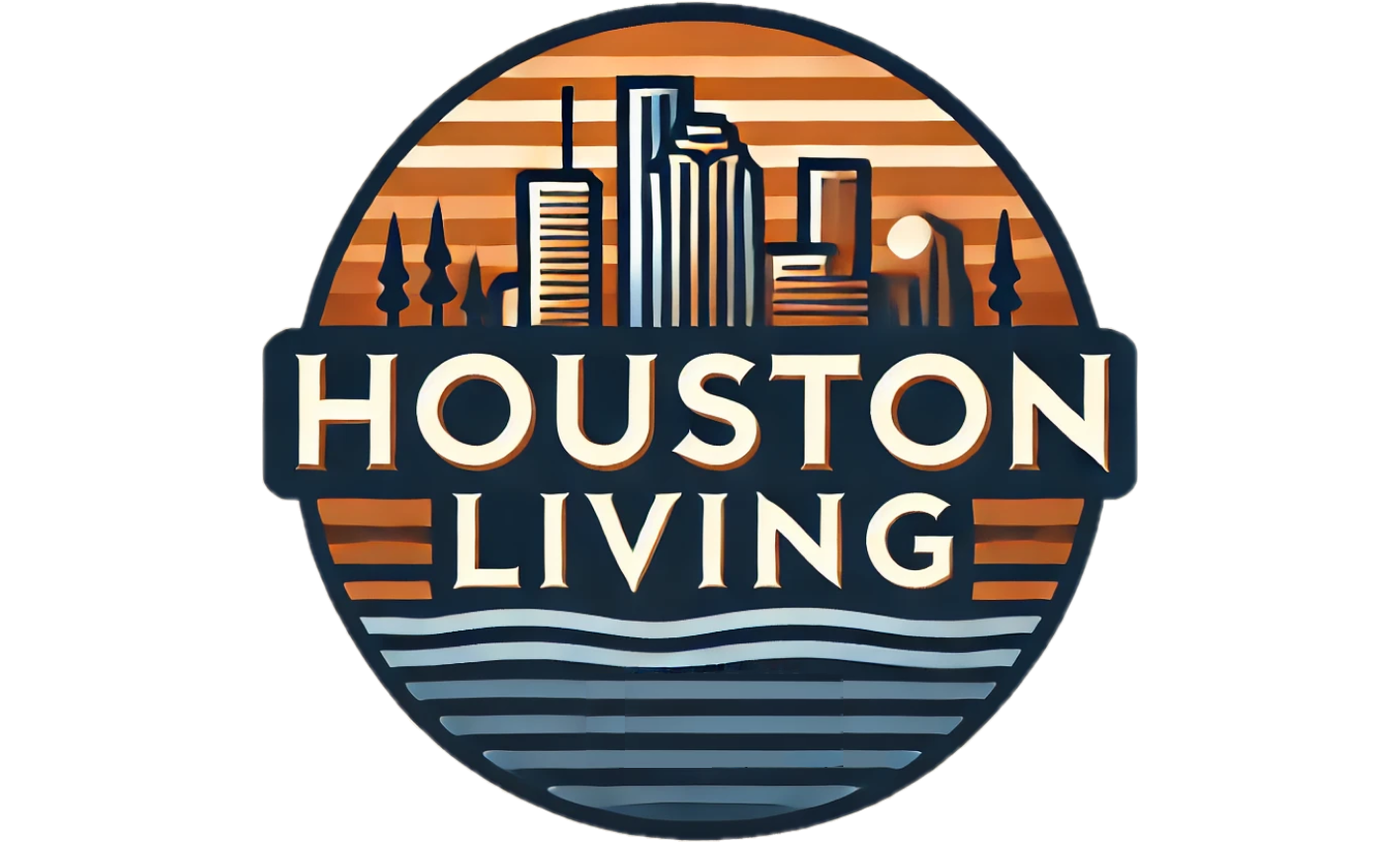
Exploring the Fine Line: Can Wine Writers Adequately Address the Wine Business?
At the heart of discussions in the wine industry, the question arises: Should wine writers extend their focus to cover the business side of the wine trade? While many prominent figures in the field argue for a broader scope, with voices like Cyril Penn from the Wine Writer's Symposium leading the charge, my views align with those who urge caution. Wine has traditionally been perceived as a romantic endeavor, an art that thrives on passion, cultivation, and stories told through each bottle.
The Fragile Nature of Wine Industry Reporting
Take for instance the fluctuating opinions on environmentalism in wine purchasing. Eric Asimov’s recent article in the New York Times professes the urgency for wine to promote its environmental credentials as a selling point. Yet, as voiced by industry spokespersons like Tom Ashworth, it’s evident that not all consumers prioritize sustainability when choosing a bottle. His comments reflect a stark reality: "85% are not interested; they buy for other reasons," presenting a complex view not often explored in the romantic portrayal of winemaking.
Back to Basics: The Art of Wine Writing
The core of wine writing often revolves around sensory experiences—the palate, aroma, and emotional connections created through the enjoyment of wine. Writers like Jancis Robinson emphasize these elements, helping to transport readers to vineyards with descriptions that evoke joy and nostalgia. When articles shift focus towards industry analyses, the juice behind the bottle can be overshadowed by a slew of statistics and market trends. There’s a delicate balance here that can either enchant or alienate readers. It’s essential for writers to explore data without losing the whimsy that makes wine so appealing.
Insights Gleaned from Sustainability Practices
Interestingly, much can be learned from winemakers who prioritize sustainability—like those discussed in World Economic Forum articles. For instance, as the environmental effects of climate change resurface, the wine industry has begun embracing innovative practices such as regenerative agriculture and shift toward eco-friendly packaging. These strategies not only address environmental concerns but also lay the groundwork for a compelling narrative about adaptability and responsibility in winemaking.
The Hidden World of Bulk Wine
Additionally, the bulk wine sector, often marginalized in conversations, shows ripe opportunities for sustainability. As discussed in interviews with industry experts, bulk wine can operate with less environmental impact, being transported in reusable vessels—a stark contrast to bottled wines that increase carbon footprints through both packaging and transport. Framing bulk wine as part of the sustainability narrative could overhaul the perception that traditional bottle-centric choices are the exclusive path to quality.
Future Predictions: Opportunities for Integration
As the market evolves, wine writers could benefit from straddling both camps—telling the story while being insightful about industry trends, demands, and practices that shape consumers’ choices. By integrating voices from various sectors of the wine world, an array of narratives could emerge, blending the romanticism of vineyards with practical business insights and sustainability urges.
Cultural Relevance and Wine
Ultimately, wine writing must embrace its roots in lifestyle, culture, and personal expression. As it stands, the conversation surrounding the wine industry—spanning environmental sustainability to market trends—offers rich material for writers. To resonate with a broader audience, wine writers must evolve alongside consumer preferences while maintaining the artistry of storytelling.
Consider this: If the landscape is changing, what opportunities can emerge by examining the nuanced relationships between wine consumption, environmental values, and business models?
 Add Element
Add Element  Add Row
Add Row 



Write A Comment